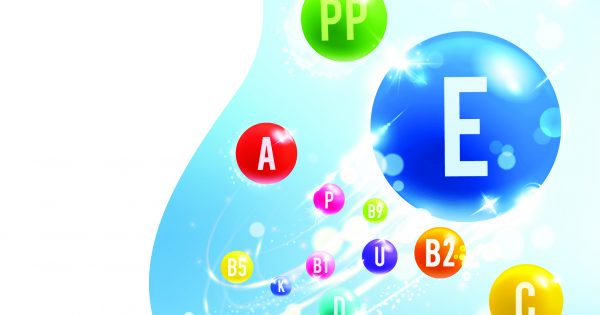Did you know that bones are living tissue made of collagen fibre, calcium and other minerals? Bones do more than give your child’s body structure and form, it also protects his little organs and contains bone marrow, where blood and bone cells are made.
Bone tissue constantly changes in a process that lets them increase in size and density throughout childhood and adolescence. Bone tissue in the skeleton, known as bone mass, usually peaks at around 20 – 30 years of age. This is when your child’s bones have reached their maximum strength and density.
However, as an individual gets older (depending on size and sex), more bone calcium is lost than is replaced, resulting in a reduction of his/her bone density or bone mass. This can cause the bone to progressively weaken and increase its risk of breaking.
Therefore, building and maintaining your child’s bone growth and development from early childhood will help reduce his risk of osteoporosis (a disease that makes bones more fragile and break easily) and fractures later in life.
Osteoporosis in children and females
It is rare in children and adolescents, and is usually caused by an underlying medical disorder or by medications used that treat the disorder (secondary osteoporosis). Sometimes there is no identifiable cause of osteoporosis in a child (idiopathic osteoporosis).
Rigorous sports or exercise presents females with a problem known as female athlete triad, which consists of disordered eating, abnormal suppression or absence of menstruation, and osteoporosis. Low oestrogen levels and poor nutrition (especially low calcium intake), can lead to osteoporosis.
Females are more likely to have low peak bone mass than males and hormonal changes at menopause increases bone loss in females.
Maintaining healthy bones
To avoid the risk of osteoporosis or bone fractures later in life, get your child to practice the two most important lifelong habits for maintaining healthy bones: good nutrition and plenty of exercise!
Good nutrition helps ensure enough vitamins and minerals for your child’s body to maintain and create bones. Vitamins D, K, and A are needed for normal bone metabolism, while calcium and vitamin D are particularly important for his bone health.
Calcium is an integral part of the bone structure and serves as a calcium bank that offers a readily available supply of the mineral should a drop in blood calcium occur. A lack of calcium in his diet can result in calcium being removed from the skeleton, causing his bones to weaken.
Food sources of calcium are found in milk and dairy products (like yogurt and cheese), green leafy vegetables, soy products and other foods fortified with calcium. Talk to a doctor or nutritionist if your child cannot take milk or dairy products in order to work out a plan on other ways to obtain calcium (especially other sources of dietary calcium). Supplements should be the last choice, and will be recommended only if absolutely necessary.
Vitamin D is also important for growing healthy bones. Your child gets Vitamin D from exposure to sunlight, which helps his body effectively absorb calcium from his diet. If your child does not get enough sunlight, get him to eat foods rich in (or fortified with) vitamin D such as egg yolk, certain cereals, breads, butter, cream, liver, fruit juices, and milk fortified with vitamin D. Check with a nutritionist or paediatrician first for proper evaluation and advice if you think your child needs calcium and vitamin D supplements.
Exercise and physical activity is important for children’s bone health at all stages of life. For children below 7 years of age, moderate physical activities that help to strengthen bones include jumping, hopping, skipping, and running. Primary school children and adolescents can engage in activities like jumping rope, running, gymnastics, basketball, football, volleyball or badminton.These activities will help activate their body’s boneforming cells and strengthen their bones.
As your child gets older, his bone health will be affected by genetics, hormone loss, nutrition, and exercise. His genes cannot be changed, so focus on his nutrition and activity levels. Be sure that he eats foods with all the essential nutrients, gets plenty of fruits and vegetables daily, and exercises regularly. It is never too late to start taking care of his bones. These lifestyle habits can protect your child’s bones and decrease his chance of getting osteoporosis later in life.






Comments